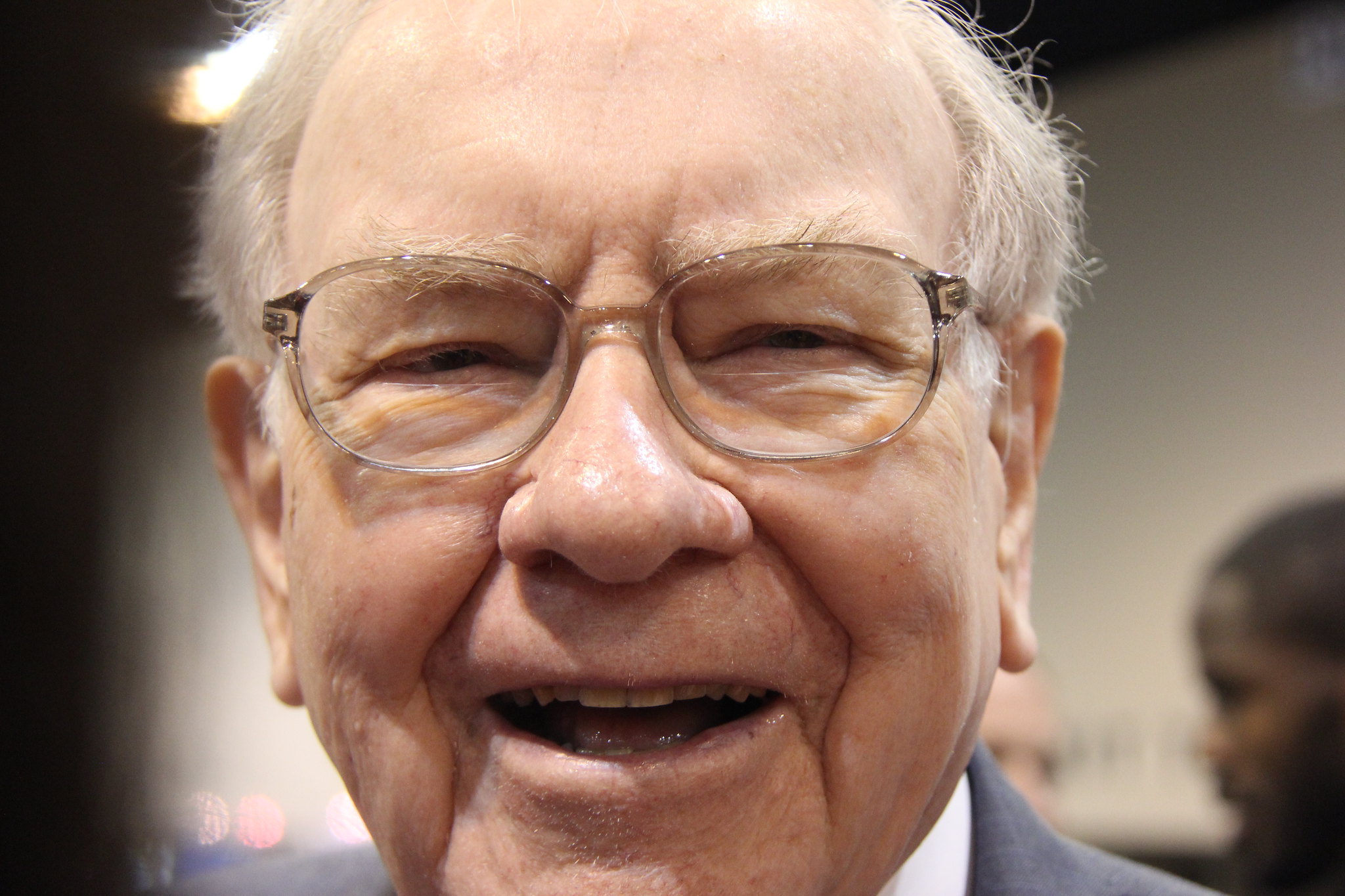Over decades of building Berkshire Hathaway into the massive conglomerate it is today, Warren Buffett has become the most renowned investor in the world. The Oracle of Omaha has done it all from building massive businesses in energy, railroads, insurance, and mortgages to crafting a roughly $300 billion equities portfolio.
The proof is also in the pudding. Between 1965 and 2023, Berkshire’s stock generated a whopping 4,384,748% return, equating to a 19.8% compound annual growth rate (CAGR). Meanwhile, the broader benchmark S&P 500 generated a 31,223% gain including dividends, equating to a 10.2% CAGR.
Given these impressive returns, investors should keep an eye on Berkshire’s portfolio for new ideas although make sure to do your due diligence. Here are two Warren Buffett stocks to buy hand over fist in January.
Bank of America — 11.3% of portfolio
Buffett and Berkshire this year have sold tens of millions of shares in Bank of America (BAC 0.09%), the second-largest bank in the U.S. by assets. It’s possible Berkshire continues to sell the stock. However, I think Berkshire sold too early, and shares are now a buy, especially after the stock pulled back in December.
Banks were left for dead for two years due to an inverted yield curve, the failure of several large regional-size banks in 2023, and a very tough regulatory environment under President Joe Biden’s administration. Bank of America also had balance sheet issues because the company invested too early in low-yielding, long-duration U.S. Treasury bonds, which fell deeply underwater after the Federal Reserve began to jack up rates in 2022. President-elect Donald Trump’s victory on election night triggered a big rally for bank stocks, and I think the economic and regulatory environment has drastically improved.
The yield curve has uninverted, with the yield on the two-year U.S. Treasury bond lower than that on the 10-year U.S. Treasury bond. Even if the 10-year yield continues to climb, banks can perform well as long as the yield curve doesn’t invert. (Banks generally make money by borrowing short and lending money into longer-maturity loans.) Banks also expect to see more favorable loan growth in 2025 and better investment-banking revenues.
However, the biggest catalyst for banks, in my view, is the improving regulatory environment. Recently, large banks like Bank of America sued the Federal Reserve for not being transparent enough in their annual stress-testing exercise, a process used to determine a bank’s regulatory capital requirements.
The Fed has also recently come out and said it is considering a large overhaul to its stress-testing process. Stress testing came out of legislation following the Great Recession and is an annual exercise to make sure the largest, most impactful banks in the U.S. can survive a severe economic downturn. The process frustrates banks because it can make their capital levels fluctuate annually.
Capital requirements are a big determinant of return on equity (ROE) and the amount of capital that banks can return to shareholders. A Trump administration may lead to lower capital requirements, thus improving ROE and increasing capital returns. However, even more consistency around capital levels would likely be better because investors would have an easier time projecting regulatory capital requirements.
After a pullback in December, Bank of America trades at less than 1.7 times its tangible book value (TBV) or its net worth. There’s no reason why the stock can’t trade at two times TBV or higher while continuing to grow TBV through better earnings generation.
Occidental Petroleum — 4.3% of portfolio
Buffett and Berkshire took a new position in the large U.S. oil producer Occidental Petroleum (OXY 1.96%) in March 2022 right around when the Fed started raising interest rates, and the company hasn’t stopped buying shares since. Berkshire now owns more than 28% of Occidental, the seventh-largest holding in Berkshire’s equities portfolio. Some wonder if Berkshire will eventually acquire the company outright.
The stock has been a loser this year, down roughly 19% and trailing the broader market by roughly 45%. Occidental has struggled due to volatile oil prices, which have retreated since mid-year. The outlook for oil in 2025 isn’t great either, with risks to the downside.
Still, the company’s balance sheet continues to move in the right direction. Occidental paid off $4 billion of debt in the third quarter of the year, representing 90% of the company’s near-term commitment, and the company has enough cash to pay debt maturities coming due in 2025. Management also said on the earnings call they remain committed to the company’s medium-term debt reduction of $15 billion.
Part of Occidental’s debt reduction in Q3 was associated with the company’s $12 billion acquisition of CrownRock at the end of 2023. The acquisition added 170,000 barrels of oil equivalent (BOE) per day and was immediately accretive to free cash flow.
Occidental isn’t just an oil company anymore. The company has embarked on projects to reduce its carbon footprint and fight climate change. The company is constructing a direct air capture (DAC) plant in its oil fields to remove carbon dioxide directly from the environment. Giant fans will capture CO2 and push it underground. The plant could begin initial operations as soon as this year. Occidental’s Stratos DAC plant is projected to be the largest ever built and will be able to remove 250,000 tons of CO2 per year.
Despite a decline in the stock this year, Occidental looks well-positioned. The company has an average break-even point on oil production of less than $60 per barrel and is on good financial footing, and management plans to prioritize share repurchases in the future. This is a good stock to have some exposure to in your portfolio, especially if oil prices suddenly revert higher.

